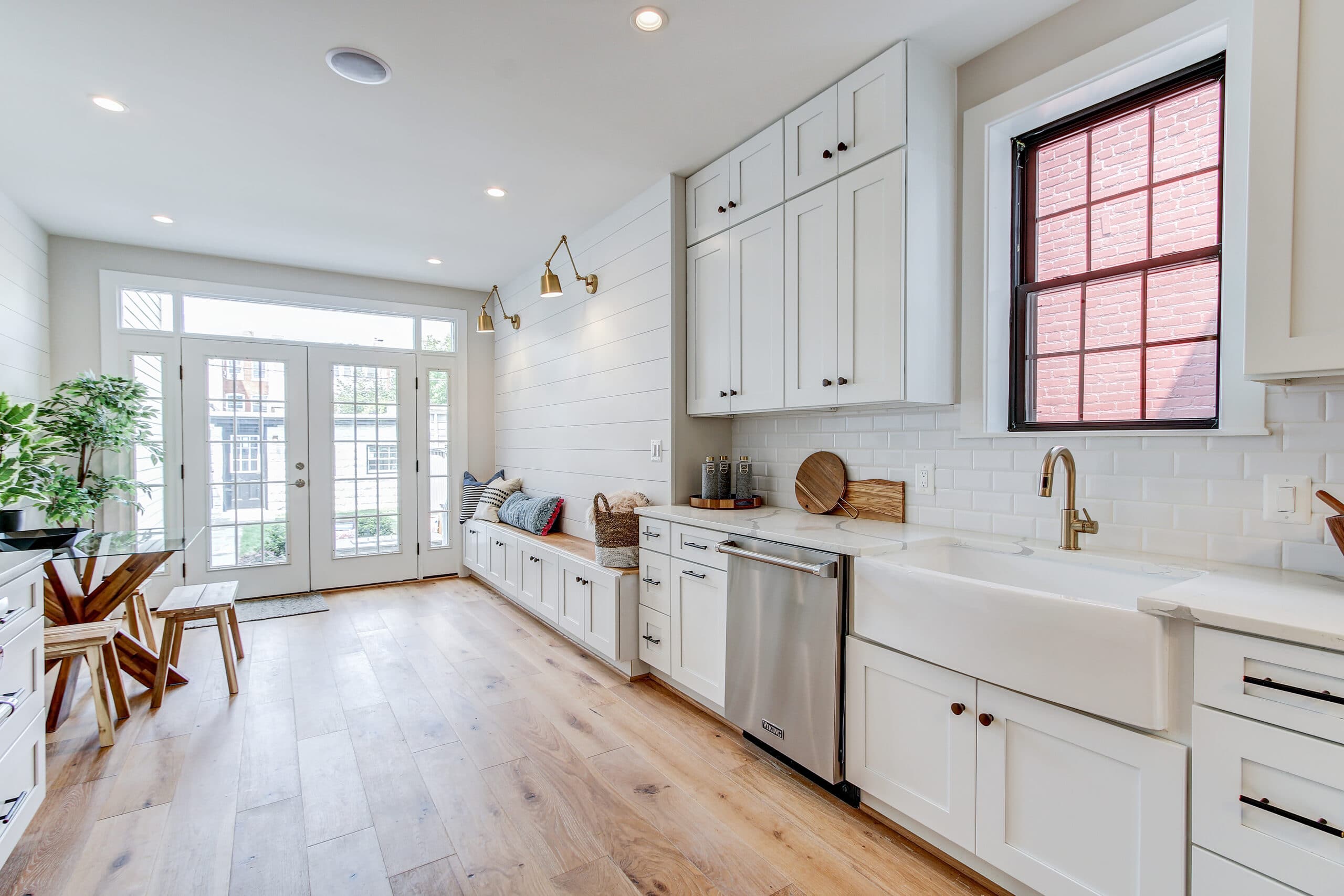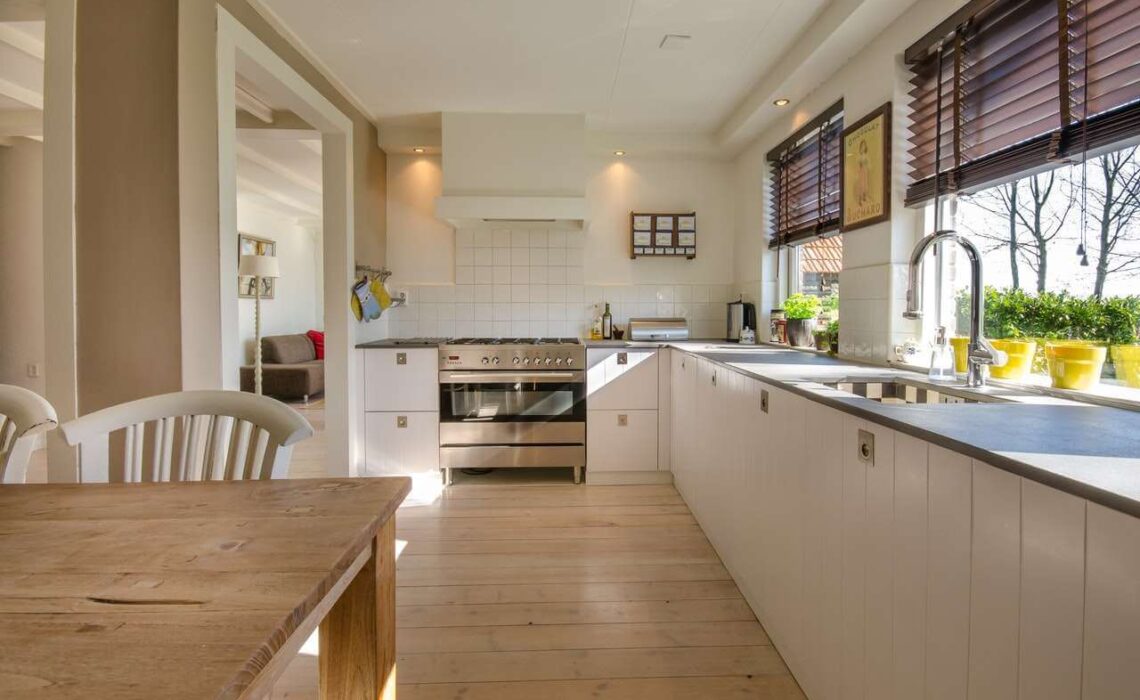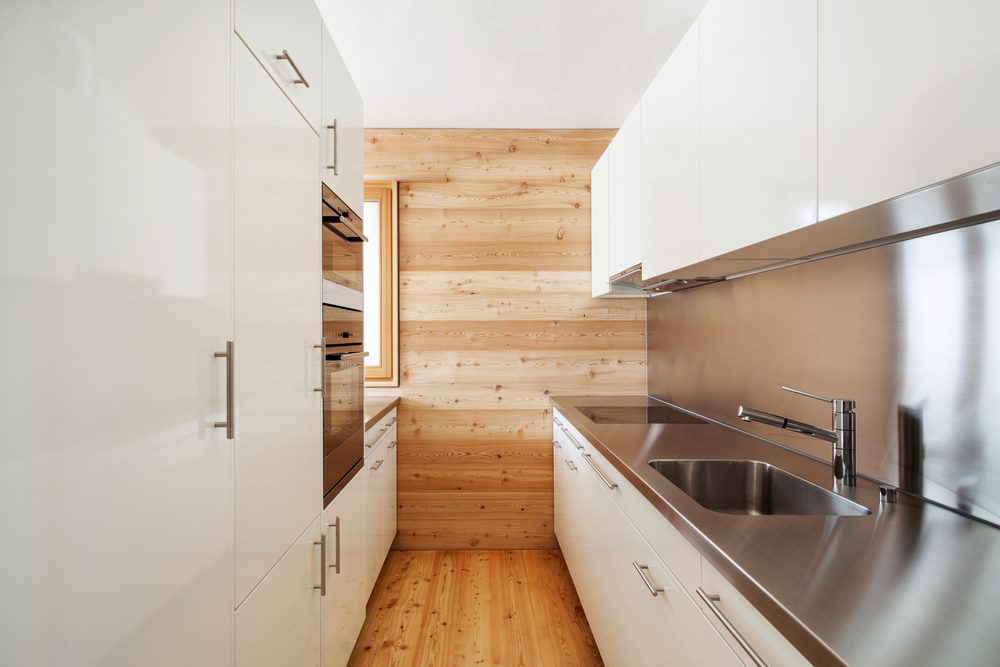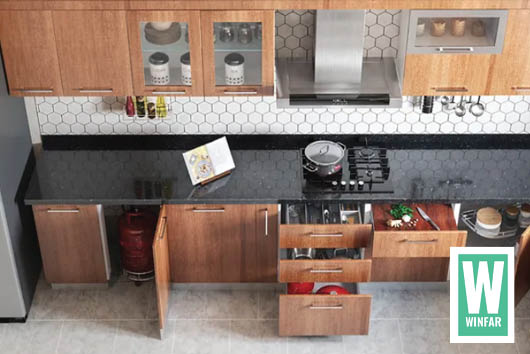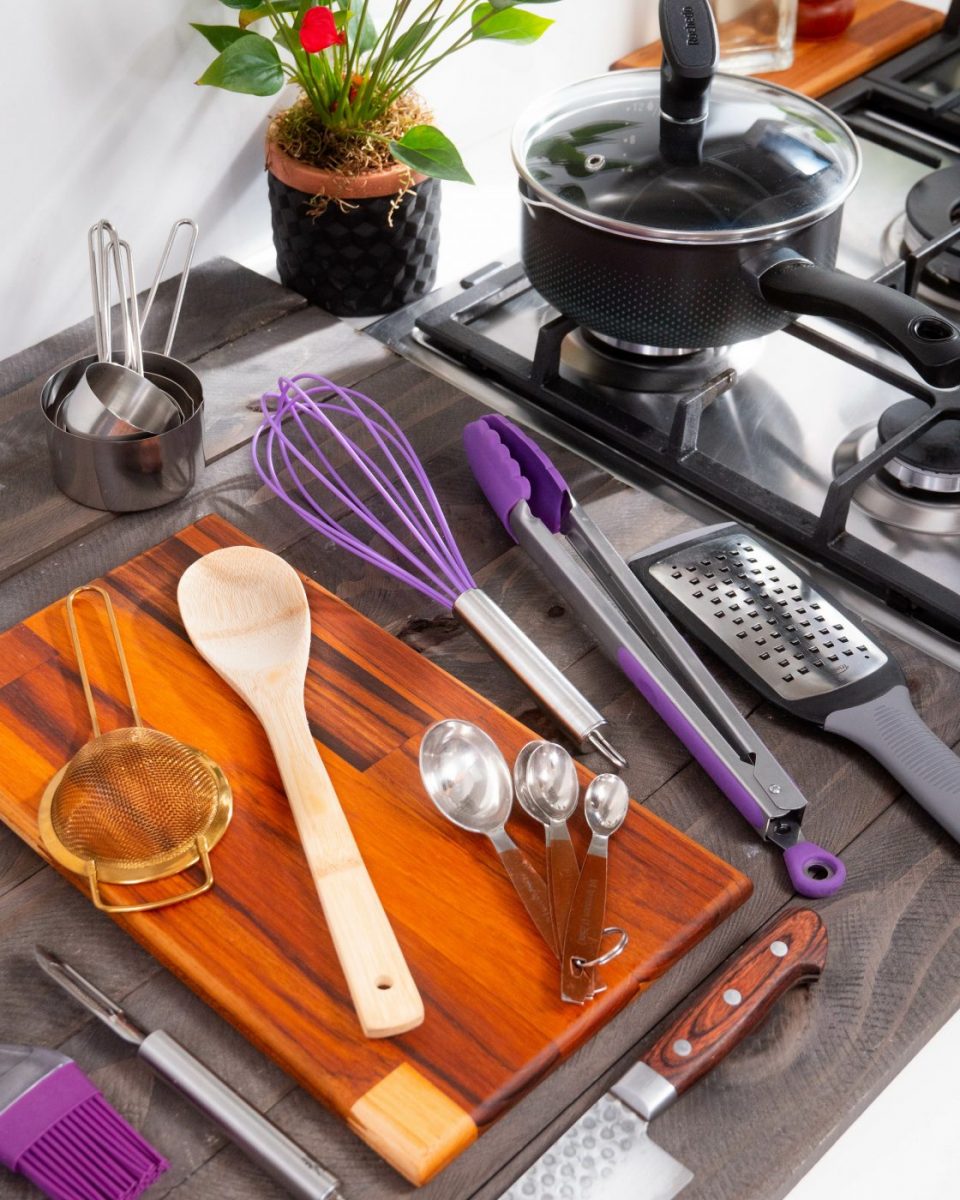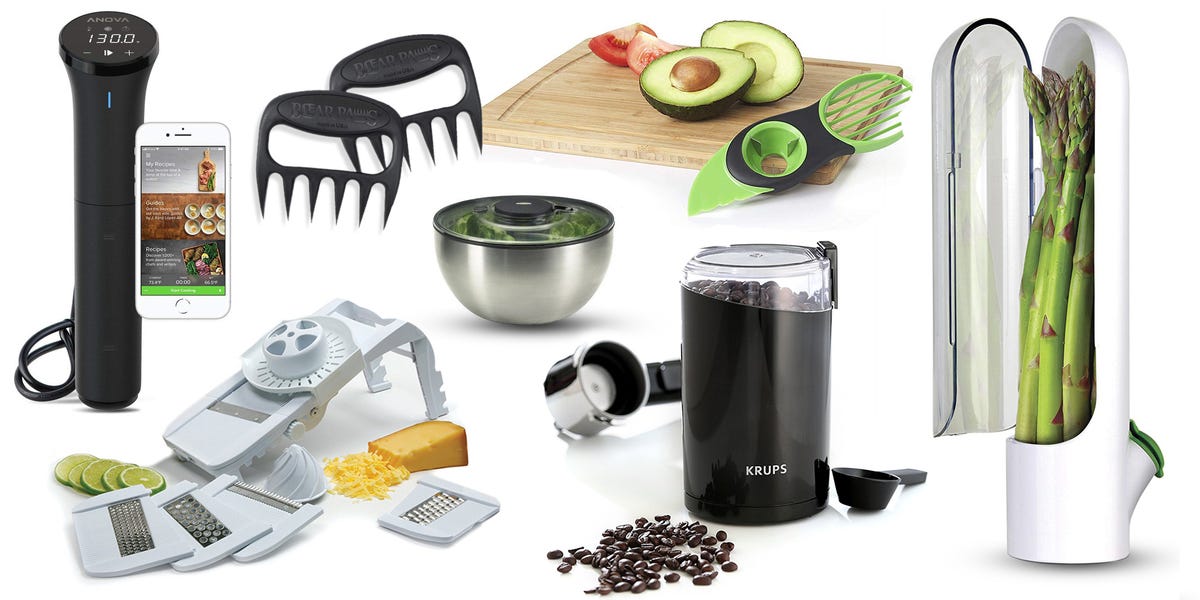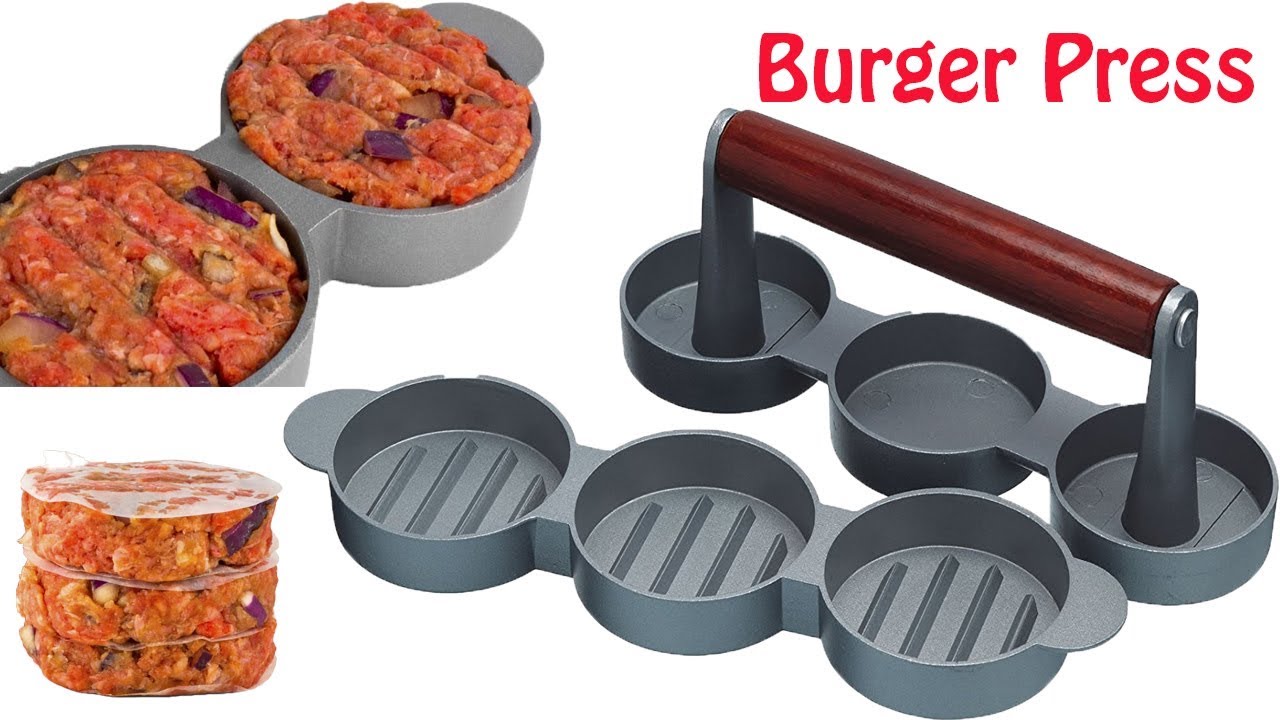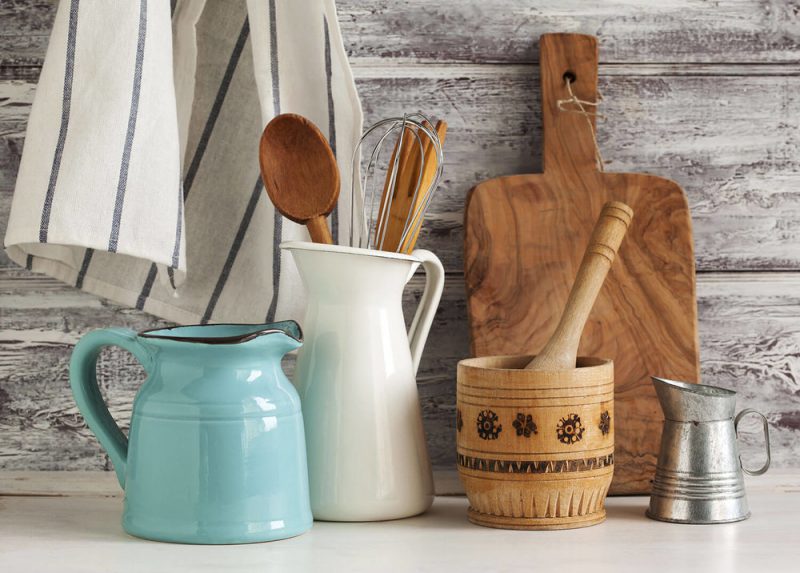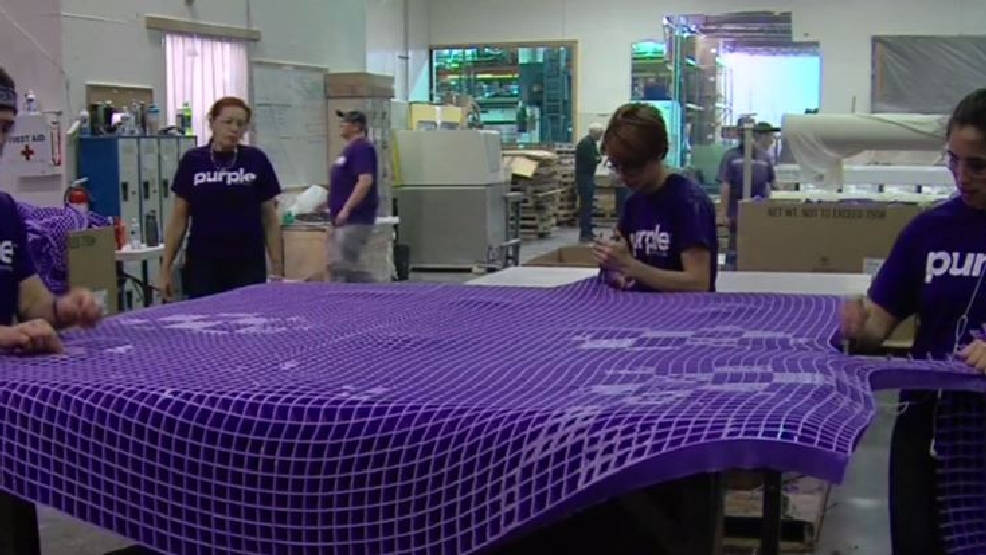As we age, our physical abilities may change, making daily tasks such as cooking and preparing meals more challenging. This is why it's important to consider universal design when designing a kitchen for seniors. Universal design focuses on creating spaces that are accessible and easy to use for people of all ages and abilities. When it comes to the kitchen, this means incorporating features that make cooking and meal prep easier for seniors, such as lower countertops, pull-out shelves, and easy-to-use appliances. By incorporating universal design principles into kitchen design, seniors can maintain their independence and continue to enjoy cooking and preparing meals in their own home.1. Universal Design for Senior Living
For many seniors, remaining in their own home as they age is a top priority. This is why aging in place kitchen design is becoming increasingly popular. This type of design focuses on creating a kitchen that is safe, functional, and comfortable for seniors to use as they age. Some key features of aging in place kitchen design include non-slip flooring, easy-to-reach storage, and ample lighting. It also involves considering the needs of seniors with mobility issues, such as installing lower countertops and incorporating space for a wheelchair or walker.2. Aging in Place Kitchen Design
The layout of a kitchen can greatly impact its usability, especially for seniors. When designing a kitchen for seniors, it's important to consider layouts that are senior-friendly, meaning they are easy to navigate and use for those with limited mobility or strength. An ideal senior-friendly kitchen layout is one that allows for a clear path between the major work areas, such as the sink, stove, and refrigerator. This helps to minimize the distance seniors need to travel and reduces the risk of falls or accidents.3. Senior-Friendly Kitchen Layouts
Accessibility is key when it comes to designing a kitchen for seniors. This means incorporating features that make it easy for seniors to move around and use the space, even if they have mobility challenges. Some examples of accessible kitchen design for seniors include installing non-slip flooring, incorporating pull-out shelves and drawers, and choosing appliances with easy-to-use controls. It's also important to consider the height of countertops and storage areas, making sure they are within reach for seniors.4. Accessible Kitchen Design for Seniors
Choosing the right appliances is crucial when designing a kitchen for seniors. It's important to consider appliances that are easy to use and require minimal physical effort. Some of the best kitchen appliances for seniors include side-opening ovens, which eliminate the need to bend over a hot door, as well as French door refrigerators, which have a bottom freezer that is easier to access. Induction cooktops are also a great option for seniors, as they are safer and easier to clean than traditional stovetops.5. Best Kitchen Appliances for Seniors
Flooring plays a significant role in the safety and functionality of a kitchen for seniors. It's important to choose flooring that is senior-safe, meaning it is slip-resistant and easy to clean. Some senior-safe kitchen flooring options include non-slip vinyl or linoleum, which are also budget-friendly, as well as cork or rubber flooring, which provide cushioning and are easy to stand on for extended periods of time. It's also important to avoid flooring with large grout lines, as they can be difficult to clean and pose a tripping hazard.6. Senior-Safe Kitchen Flooring Options
Storage is an essential aspect of kitchen design, but it can become a challenge for seniors who may have difficulty reaching or bending down. That's why it's important to incorporate easy-to-reach storage solutions in a kitchen designed for seniors. This can include drawers instead of cabinets, pull-out shelves, and lazy susans to maximize storage space and make it easier for seniors to access items without having to strain or bend over. It's also important to organize items in a way that makes sense and keeps commonly used items within reach.7. Easy-to-Reach Kitchen Storage Solutions for Seniors
Good lighting is essential in any kitchen, but it becomes even more important for seniors. Poor lighting can make it difficult for seniors to see and navigate the kitchen, increasing the risk of accidents. A senior-friendly kitchen should have ample lighting, both natural and artificial. This can include under-cabinet lighting, which helps to illuminate work areas, and motion-activated lights, which make it easier to see and navigate the kitchen at night.8. Senior-Friendly Kitchen Lighting
For seniors with mobility issues, designing a kitchen that meets their needs is crucial for maintaining their independence and safety. Some design tips for seniors with mobility issues include installing lower countertops, adding pull-out shelves, and creating a clear path between work areas. It's also important to consider the placement of appliances and make sure they are easy to reach and use. Incorporating grab bars and non-slip flooring can also greatly improve the usability of a kitchen for seniors with mobility challenges.9. Kitchen Design Tips for Seniors with Mobility Issues
Finally, when designing a kitchen for seniors, it's important to consider the gadgets and tools that will make cooking and meal prep easier for them. This can include items such as ergonomic kitchen utensils, adaptive cutting boards, and jar openers. It's also helpful to incorporate tools that make it easier to reach and access items, such as a reacher or step stool. These small additions can greatly improve the functionality and safety of a kitchen for seniors. In conclusion, when designing a kitchen for seniors, it's important to keep their needs and abilities in mind. By incorporating universal design principles, accessible features, and senior-friendly elements, you can create a kitchen that is safe, functional, and enjoyable for seniors to use. Remember to also consider their individual needs and preferences, and don't be afraid to ask for their input during the design process. With these tips in mind, you can create a top-notch kitchen that is perfect for seniors.10. Senior-Friendly Kitchen Gadgets and Tools
The Importance of Kitchen Design for Seniors

Creating a Safe and Accessible Space
/AMI089-4600040ba9154b9ab835de0c79d1343a.jpg) As we age, our mobility and physical abilities may change, and this can greatly impact our daily activities. One of the areas that can be particularly challenging for seniors is the kitchen. This is why designing a kitchen that is safe and accessible for seniors is crucial. Not only does it promote independence, but it also adds convenience and comfort to their daily routine.
Kitchen design for seniors
should be carefully thought out to ensure that it meets their unique needs and allows them to continue cooking and preparing meals with ease.
As we age, our mobility and physical abilities may change, and this can greatly impact our daily activities. One of the areas that can be particularly challenging for seniors is the kitchen. This is why designing a kitchen that is safe and accessible for seniors is crucial. Not only does it promote independence, but it also adds convenience and comfort to their daily routine.
Kitchen design for seniors
should be carefully thought out to ensure that it meets their unique needs and allows them to continue cooking and preparing meals with ease.
Considerations for Senior-Friendly Kitchen Design
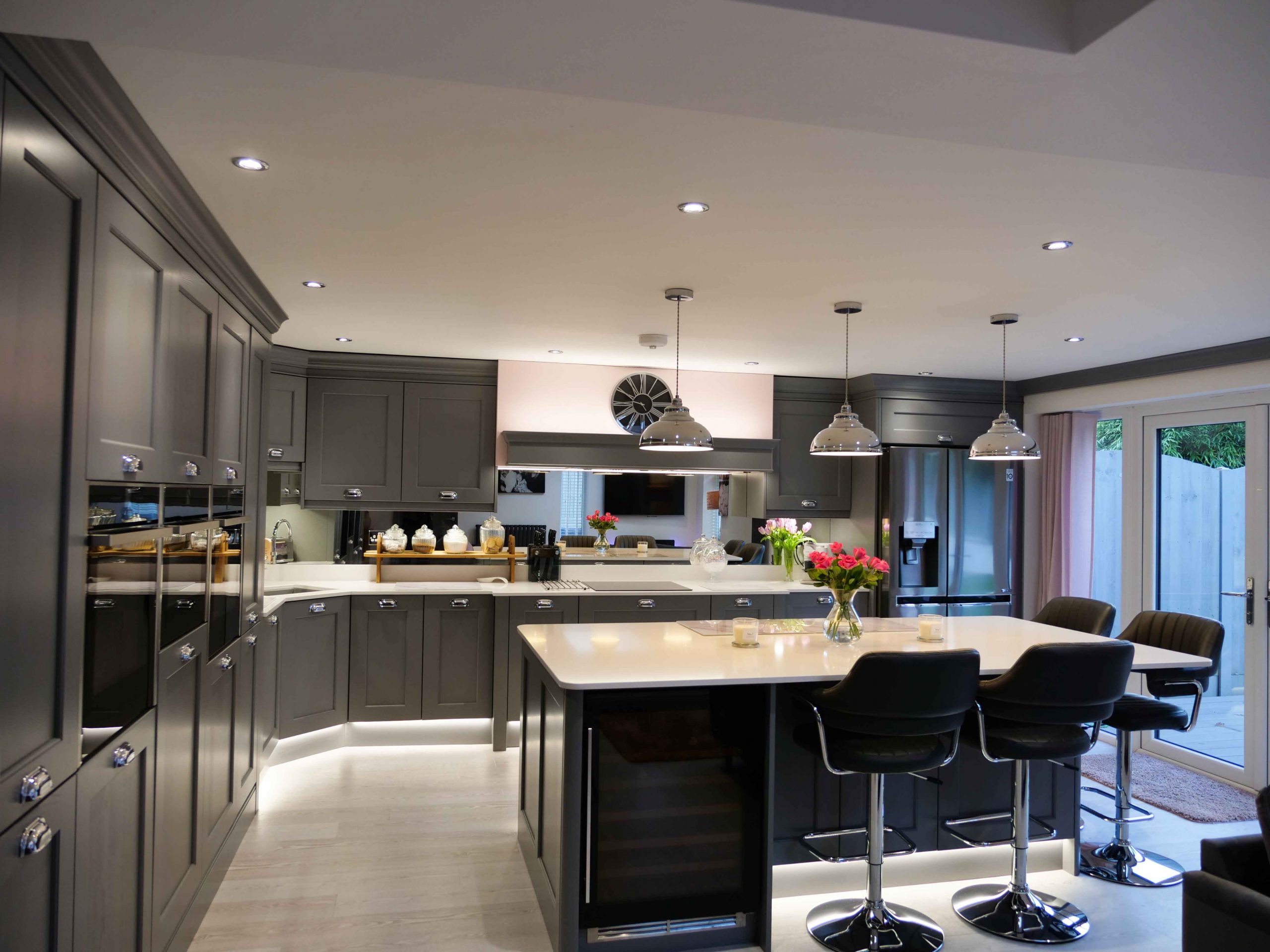 When designing a kitchen for seniors, there are several key considerations to keep in mind. First and foremost,
safety
should be a top priority. This means eliminating any potential hazards or obstacles that could lead to slips, falls, or accidents. This can include installing non-slip flooring, having sufficient lighting, and ensuring that all cabinets and appliances are easily reachable without the need for bending or stretching.
Another important factor to consider is
accessibility
. This involves making sure that the kitchen is designed in a way that accommodates any physical limitations or mobility issues that seniors may have. For example, having lower countertops and cabinets, as well as pull-out shelves and drawers, can make it easier for seniors to reach and retrieve items without straining themselves.
When designing a kitchen for seniors, there are several key considerations to keep in mind. First and foremost,
safety
should be a top priority. This means eliminating any potential hazards or obstacles that could lead to slips, falls, or accidents. This can include installing non-slip flooring, having sufficient lighting, and ensuring that all cabinets and appliances are easily reachable without the need for bending or stretching.
Another important factor to consider is
accessibility
. This involves making sure that the kitchen is designed in a way that accommodates any physical limitations or mobility issues that seniors may have. For example, having lower countertops and cabinets, as well as pull-out shelves and drawers, can make it easier for seniors to reach and retrieve items without straining themselves.
Creating a Functional and User-Friendly Space
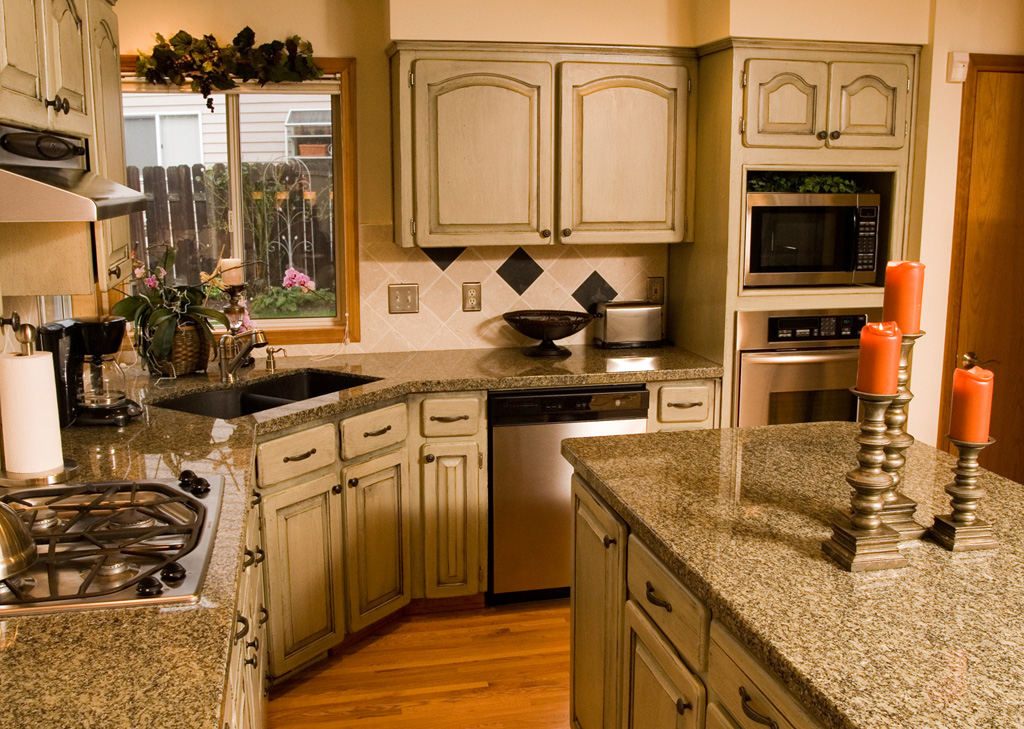 In addition to safety and accessibility, it's also important to design a kitchen that is functional and user-friendly for seniors. This means incorporating features and appliances that are easy to use and require minimal effort. For example,
lever-style
handles on cabinets and drawers are much easier for seniors to grasp and open compared to traditional knobs. Similarly, installing a
pull-out faucet
in the sink can make it easier for seniors to wash dishes and fill pots without having to lift heavy objects.
In addition to safety and accessibility, it's also important to design a kitchen that is functional and user-friendly for seniors. This means incorporating features and appliances that are easy to use and require minimal effort. For example,
lever-style
handles on cabinets and drawers are much easier for seniors to grasp and open compared to traditional knobs. Similarly, installing a
pull-out faucet
in the sink can make it easier for seniors to wash dishes and fill pots without having to lift heavy objects.
The Role of Technology in Senior Kitchen Design
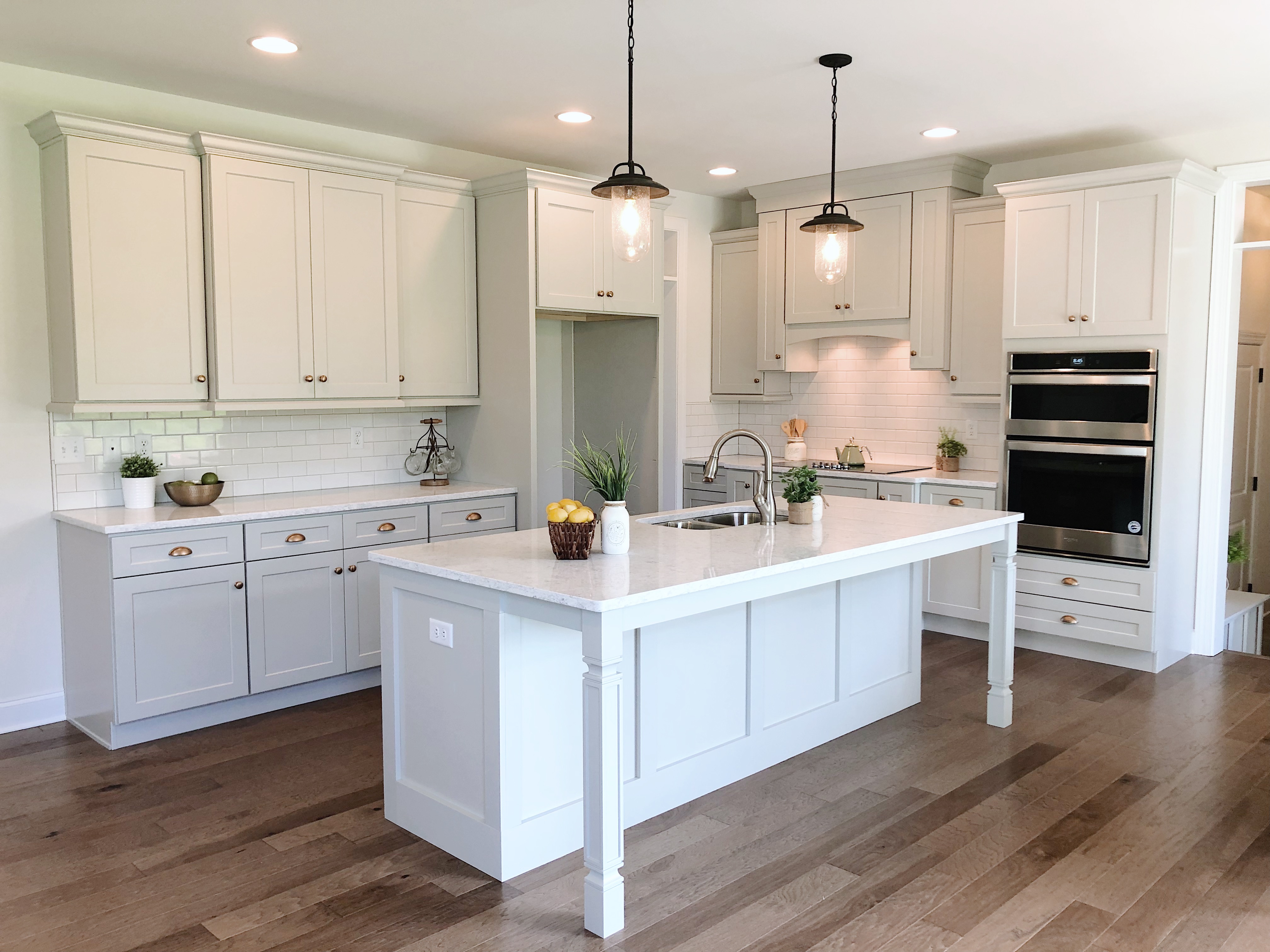 Technology can also play a crucial role in designing a kitchen for seniors. For example,
smart appliances
that can be controlled with a touch of a button or even voice commands can greatly assist seniors with limited mobility. This can include features such as automatic shut-off for stovetops and ovens, as well as remote-controlled lighting and temperature settings.
In conclusion,
kitchen design for seniors
should prioritize safety, accessibility, and functionality. By considering these factors and incorporating technology where possible, we can create a kitchen that not only meets the unique needs of seniors, but also promotes independence and enhances their overall quality of life. With the right design, seniors can continue to enjoy cooking and preparing meals in their own homes for years to come.
Technology can also play a crucial role in designing a kitchen for seniors. For example,
smart appliances
that can be controlled with a touch of a button or even voice commands can greatly assist seniors with limited mobility. This can include features such as automatic shut-off for stovetops and ovens, as well as remote-controlled lighting and temperature settings.
In conclusion,
kitchen design for seniors
should prioritize safety, accessibility, and functionality. By considering these factors and incorporating technology where possible, we can create a kitchen that not only meets the unique needs of seniors, but also promotes independence and enhances their overall quality of life. With the right design, seniors can continue to enjoy cooking and preparing meals in their own homes for years to come.
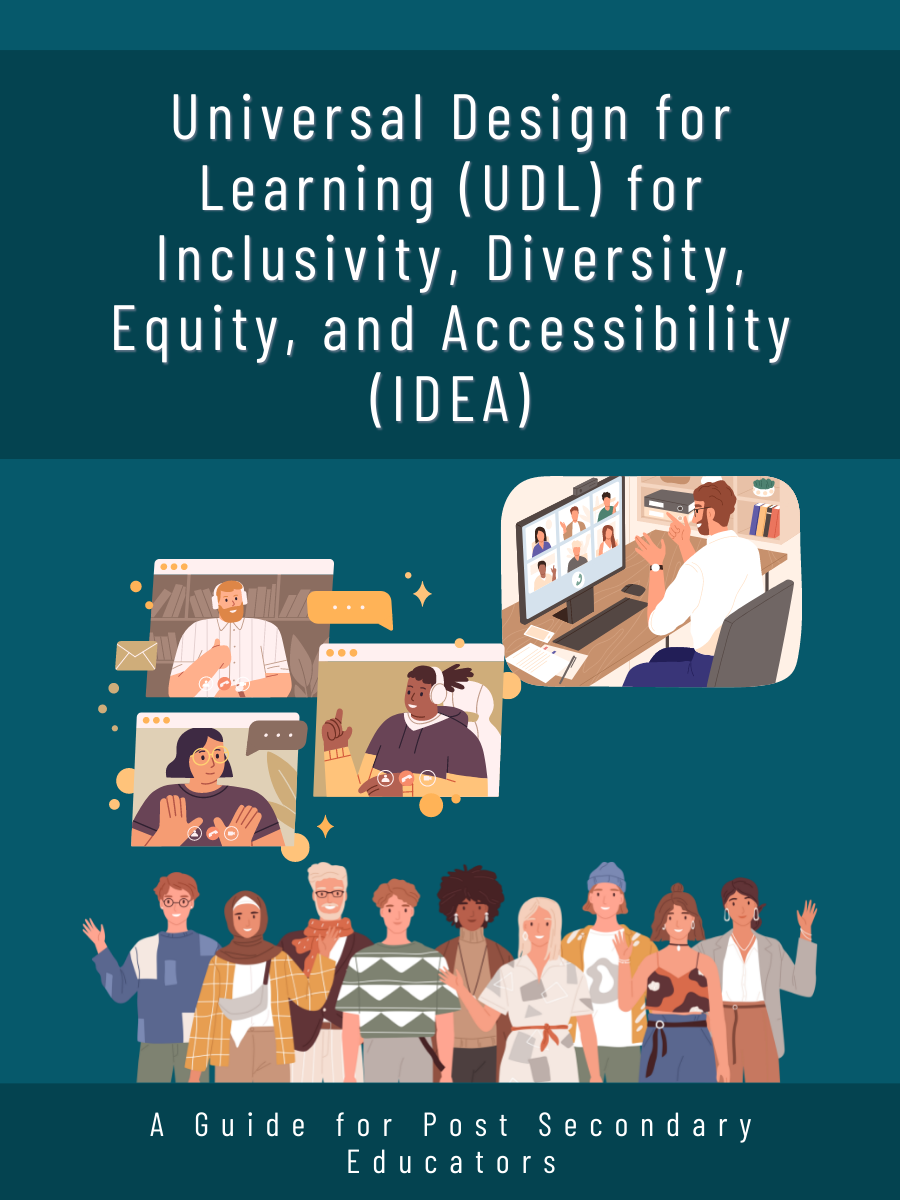
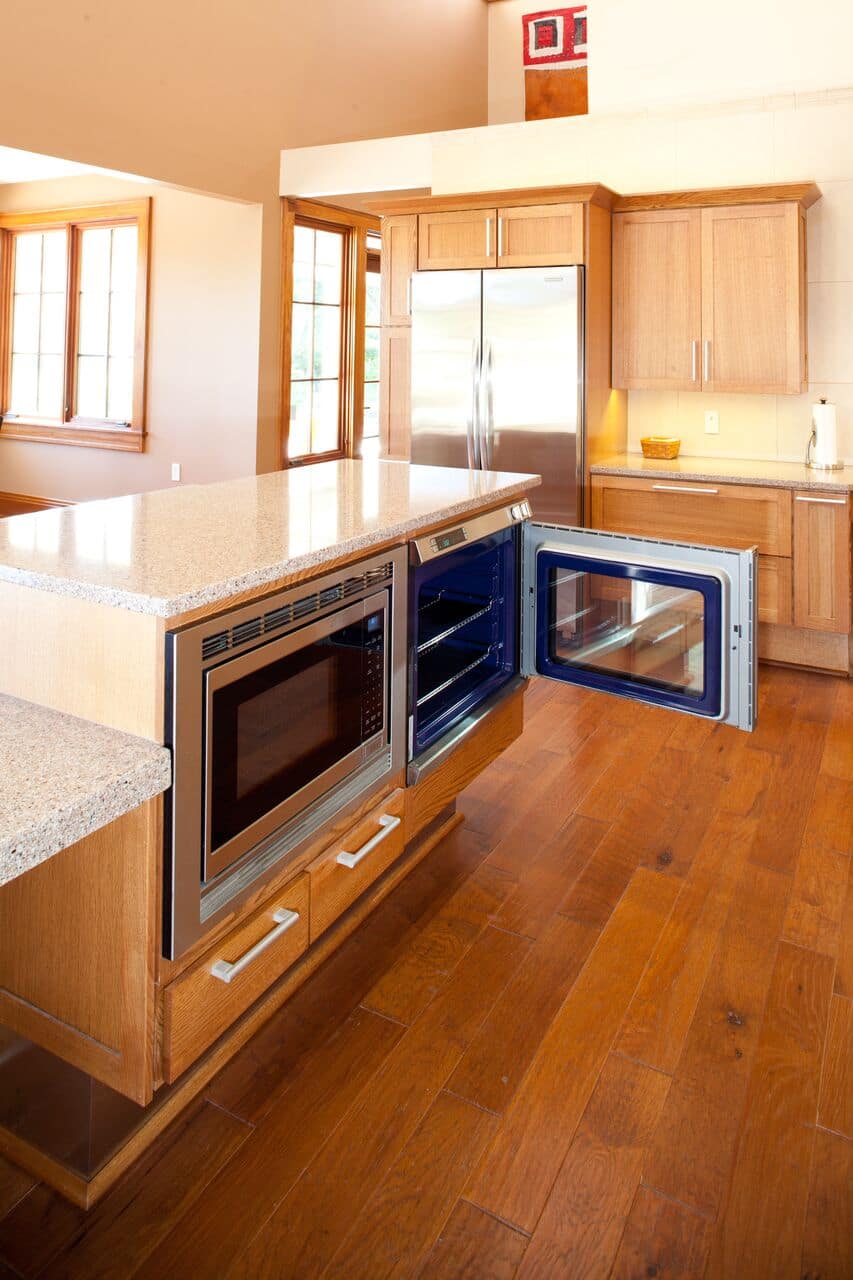


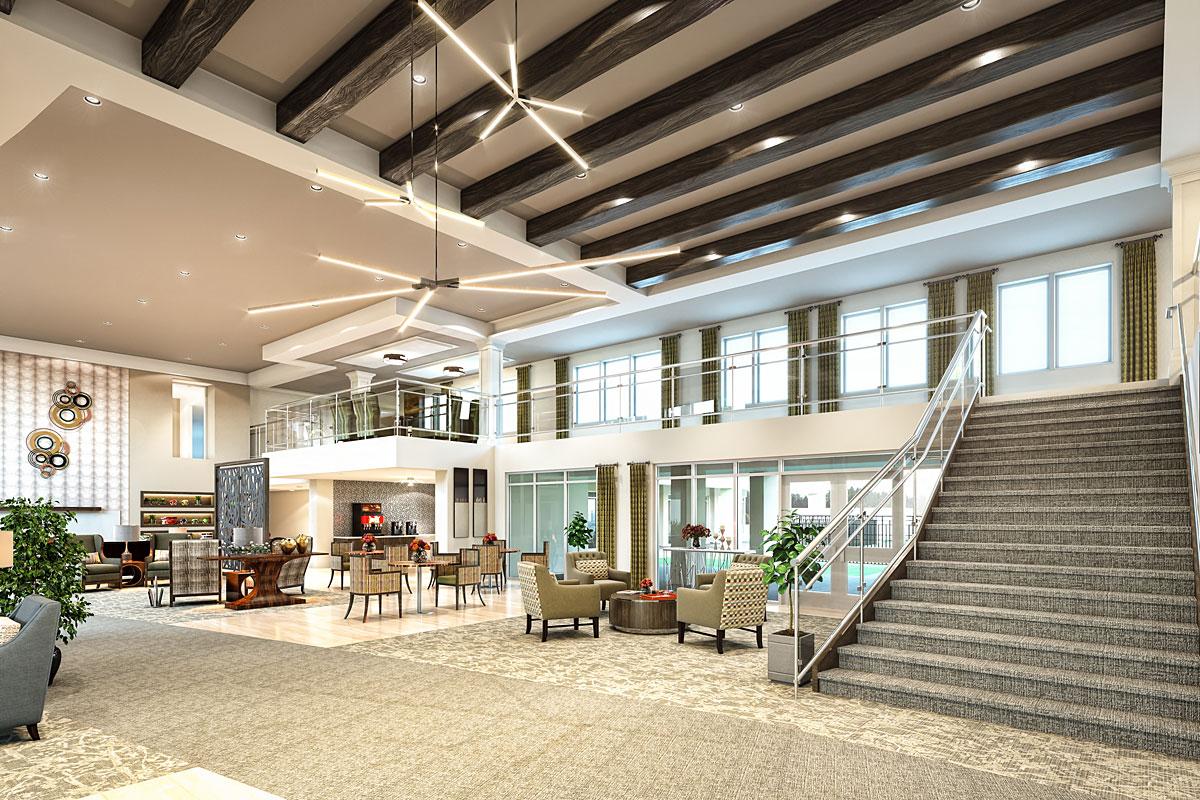

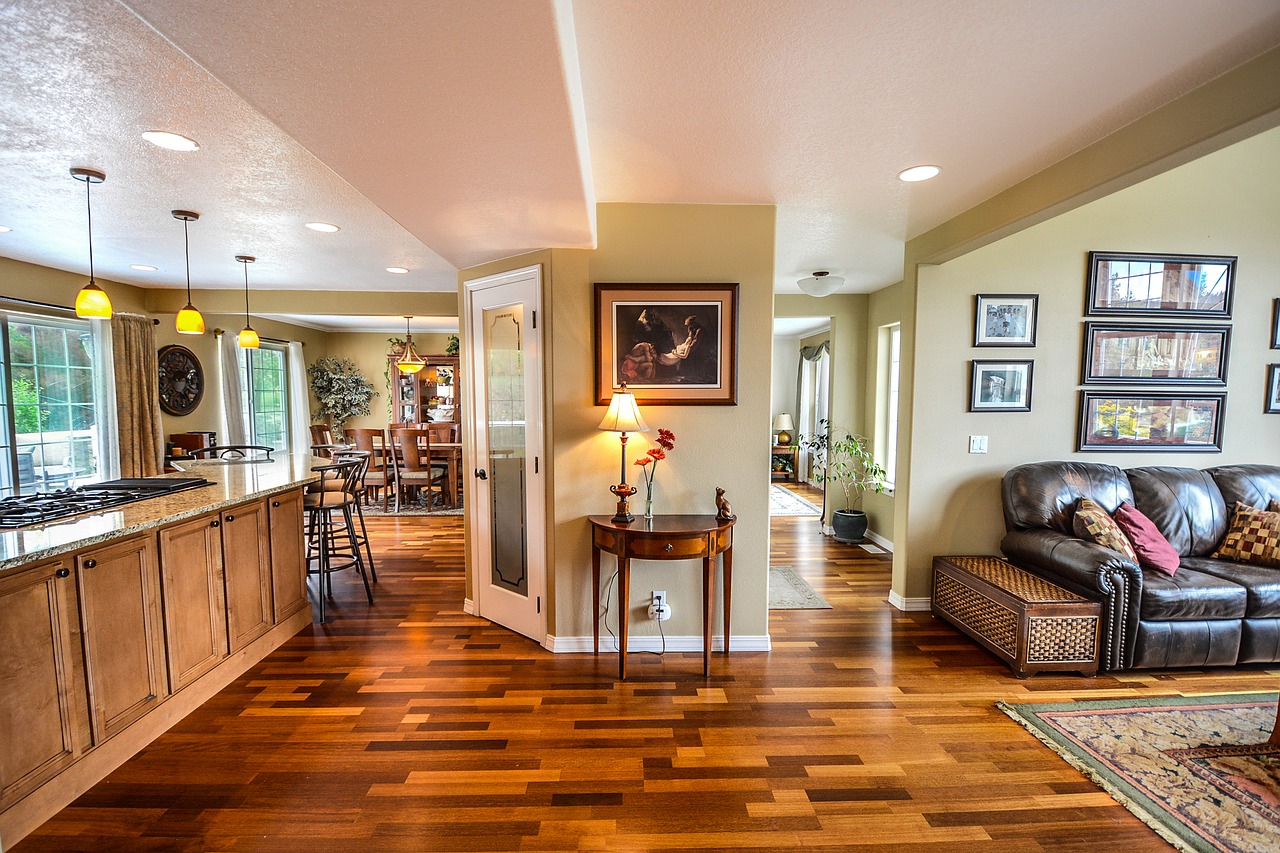








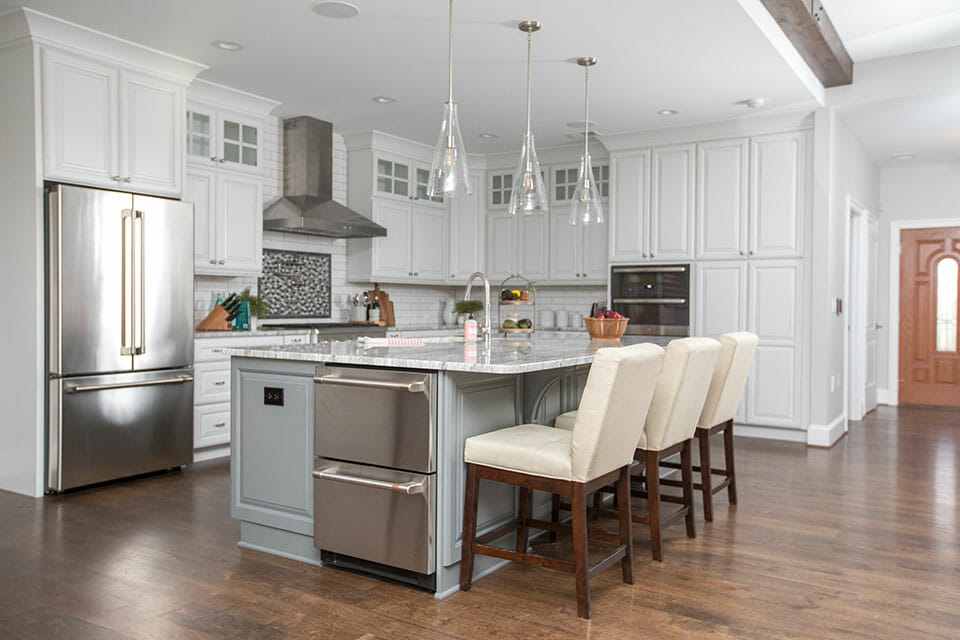











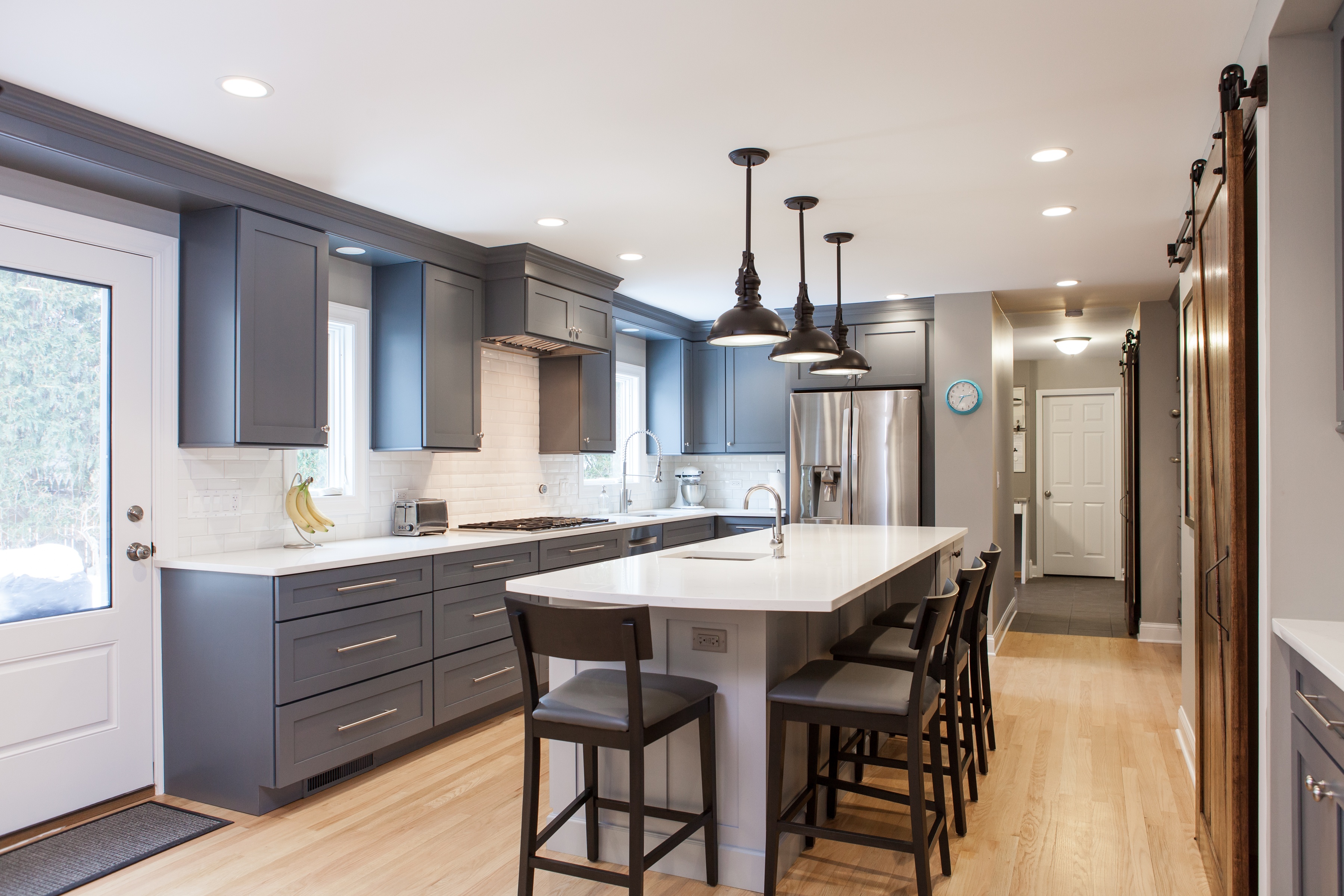



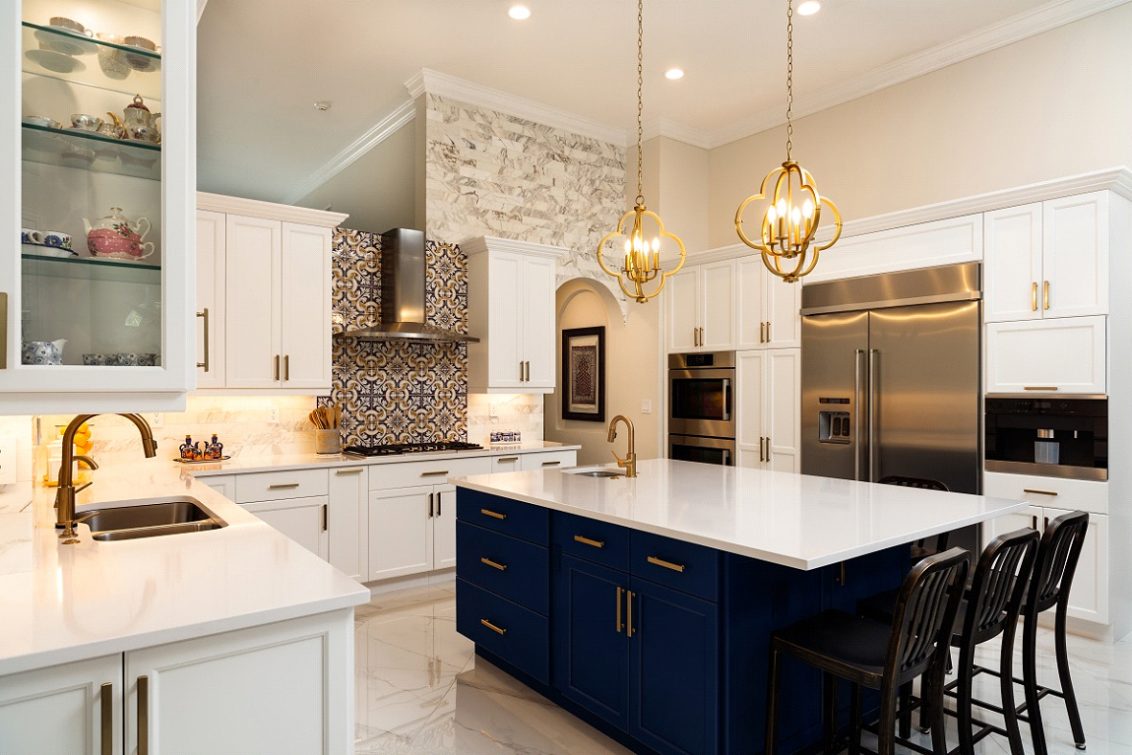

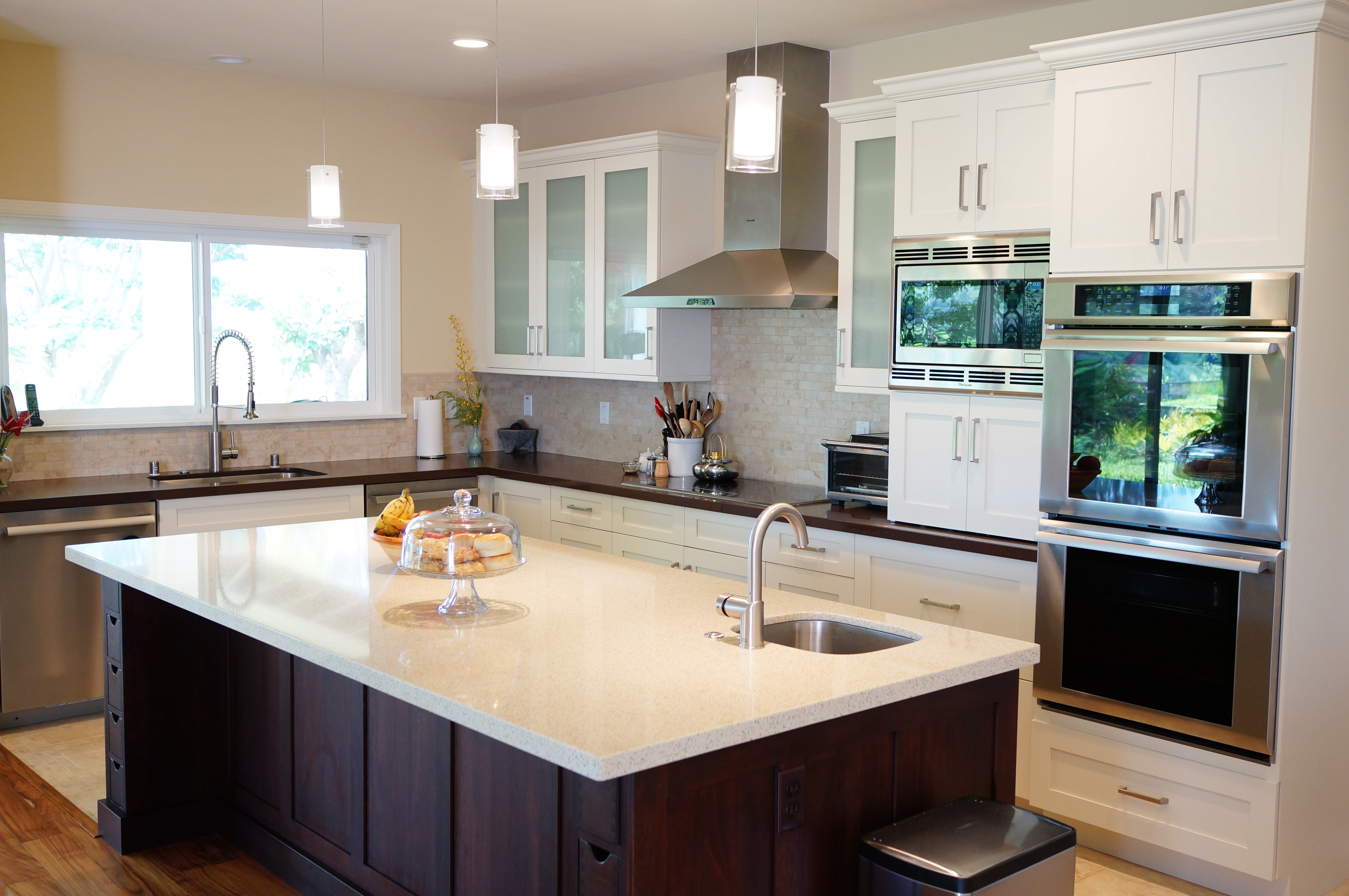
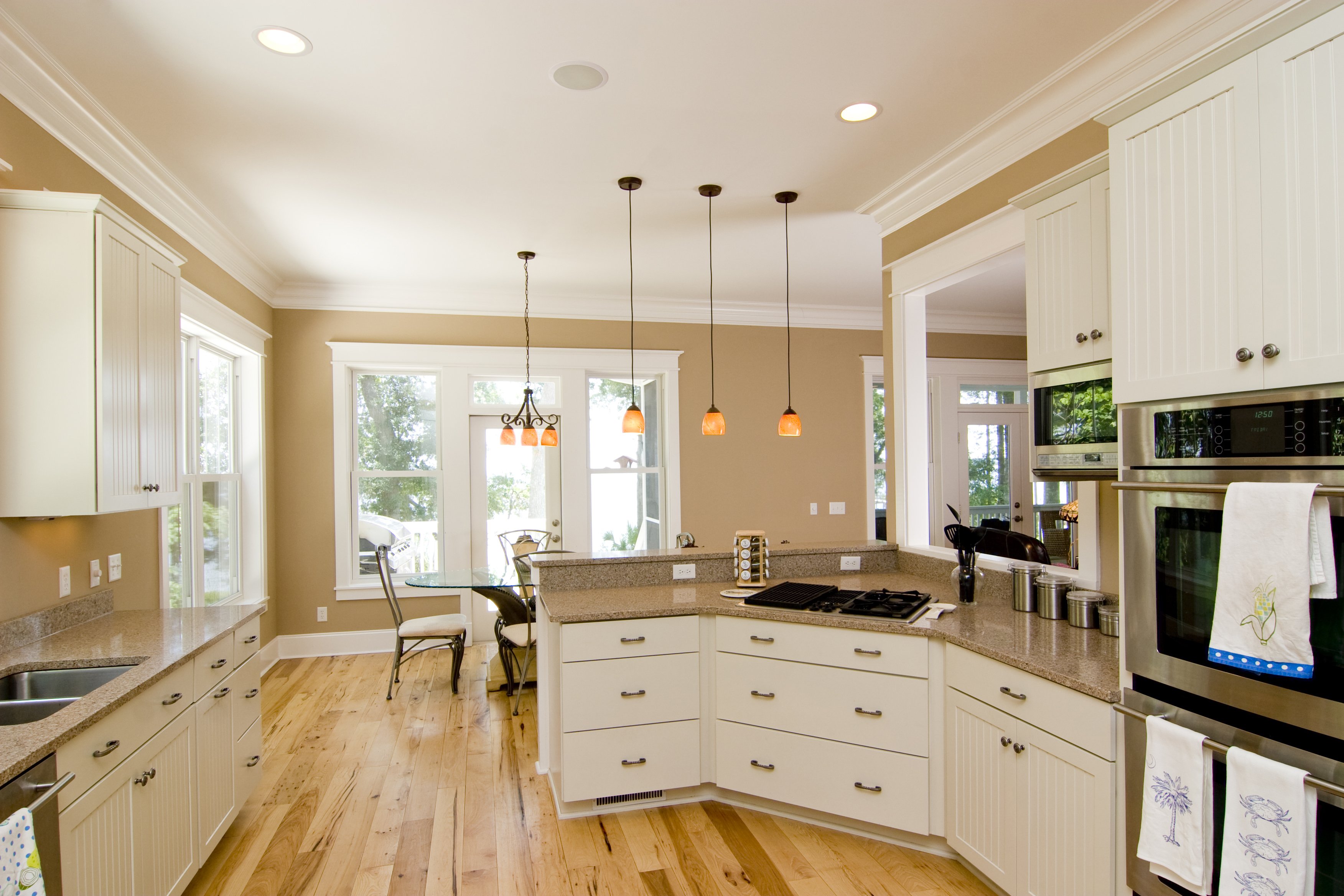




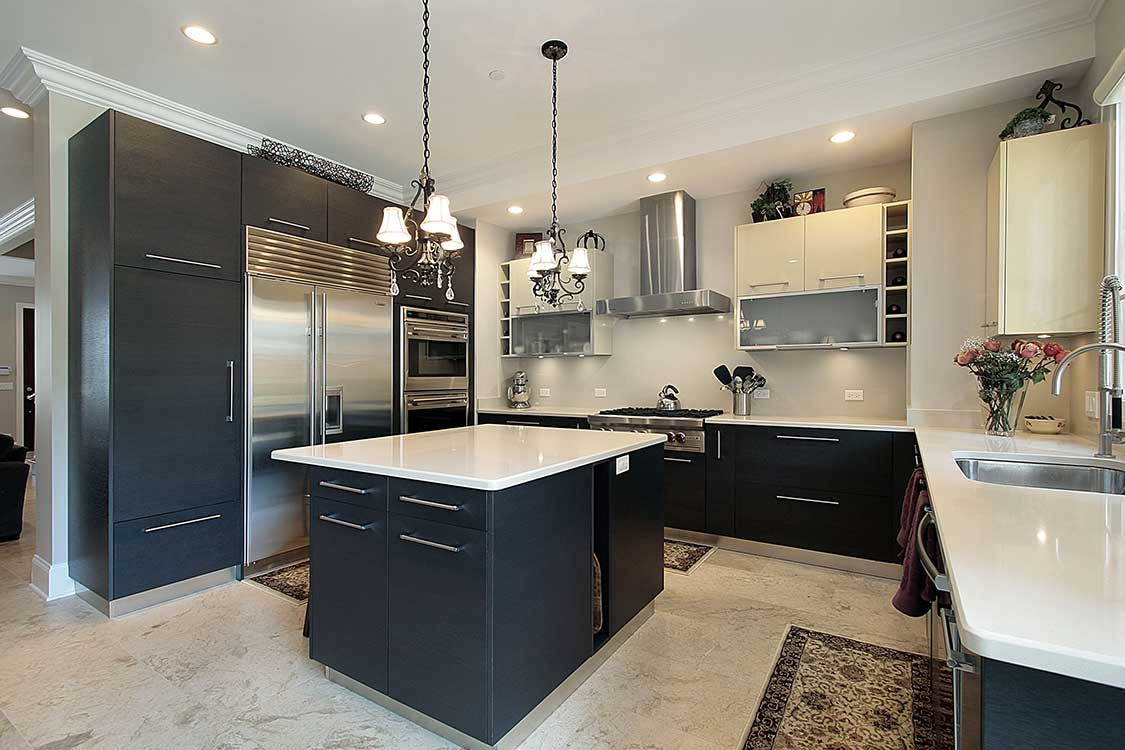
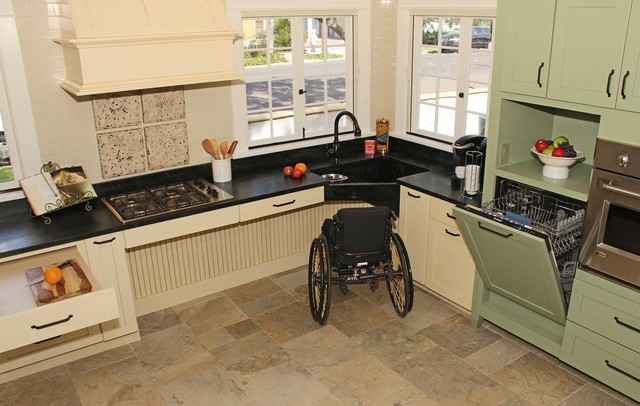


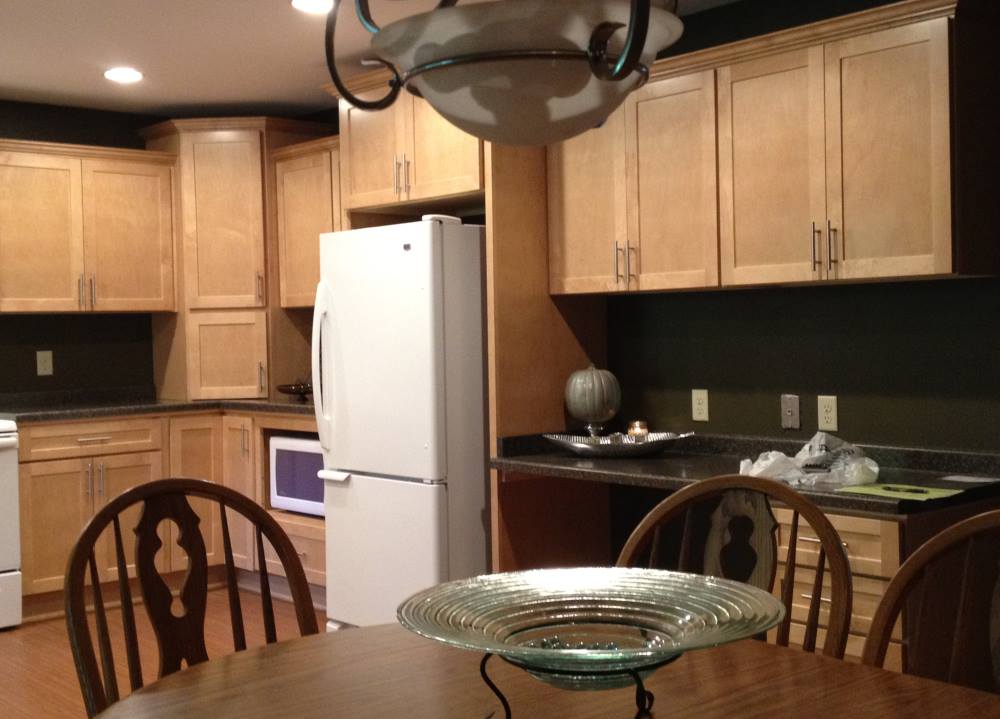


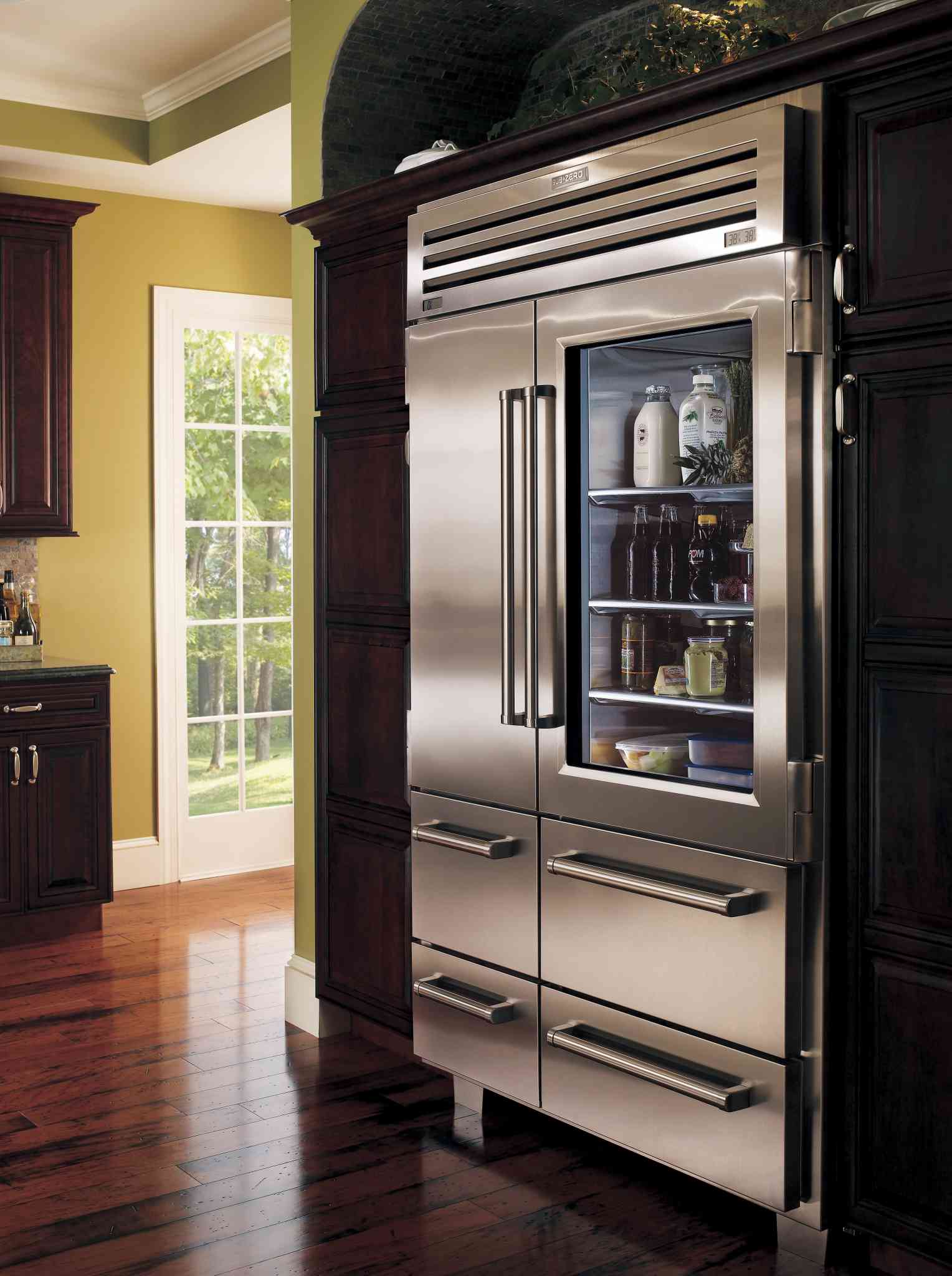



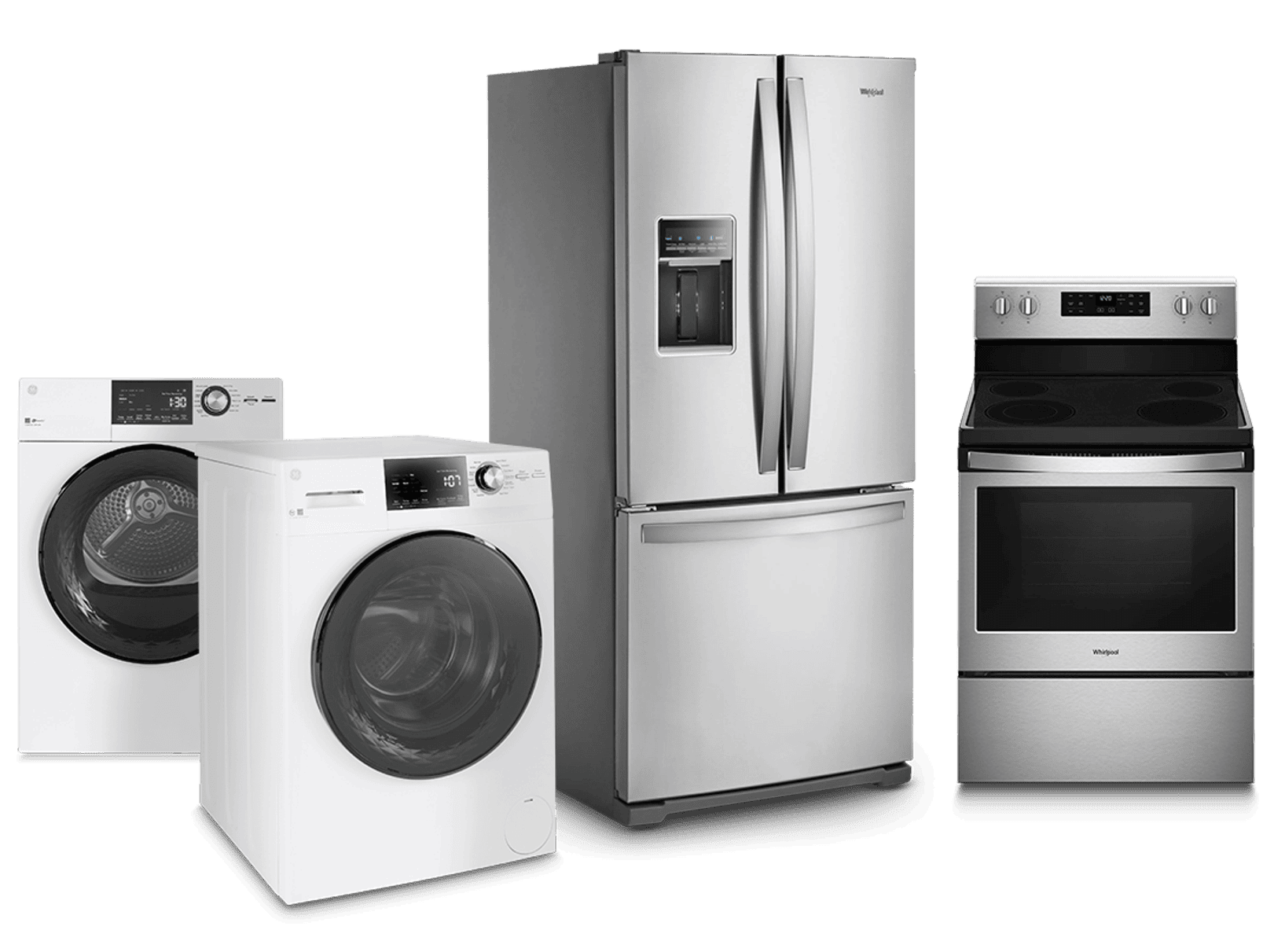


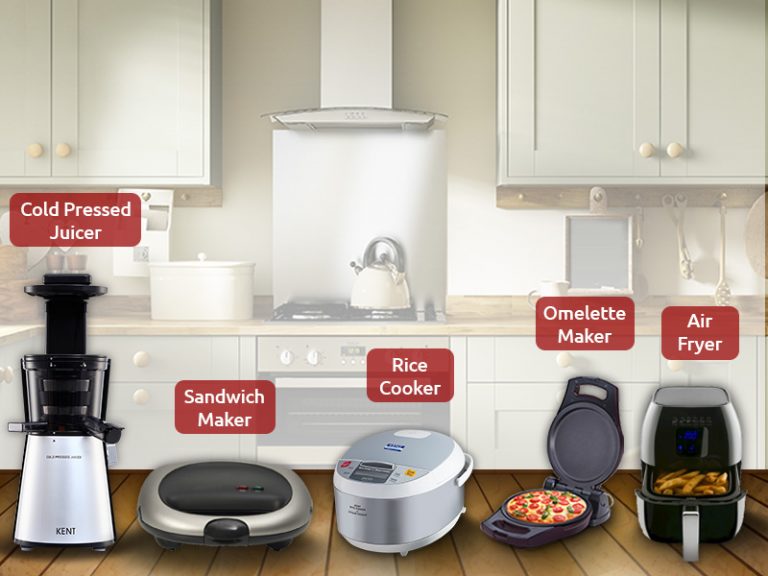
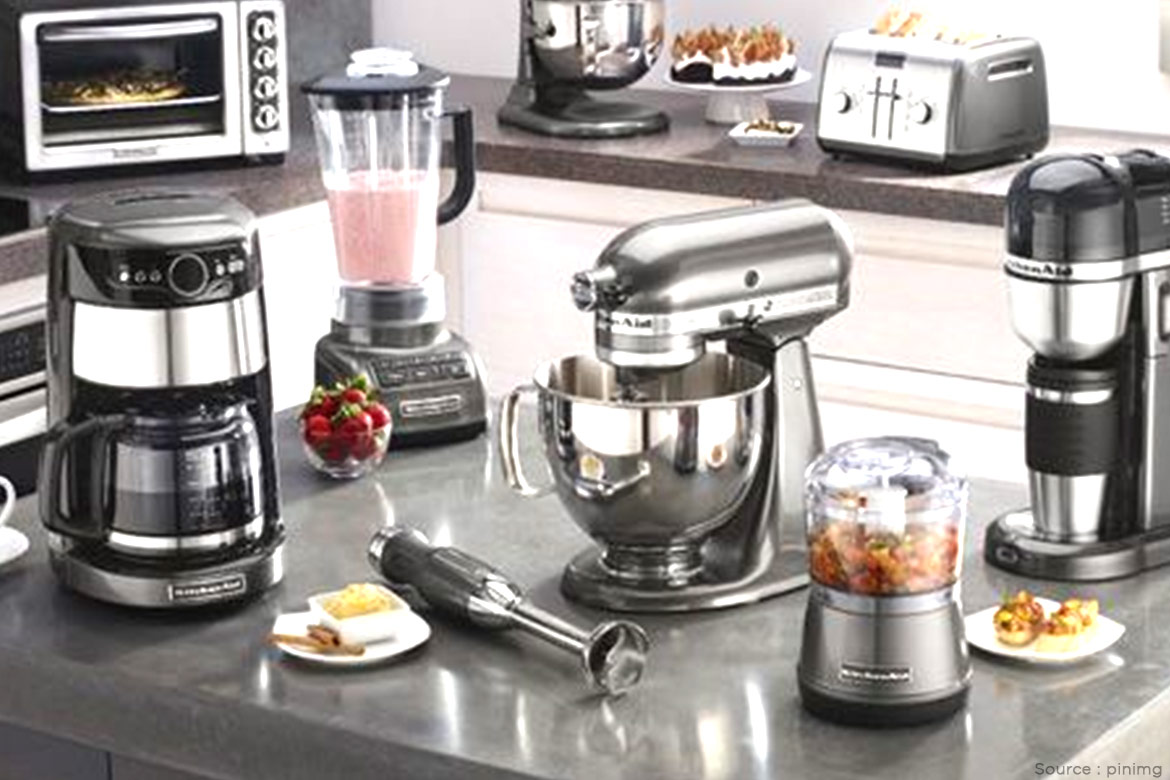


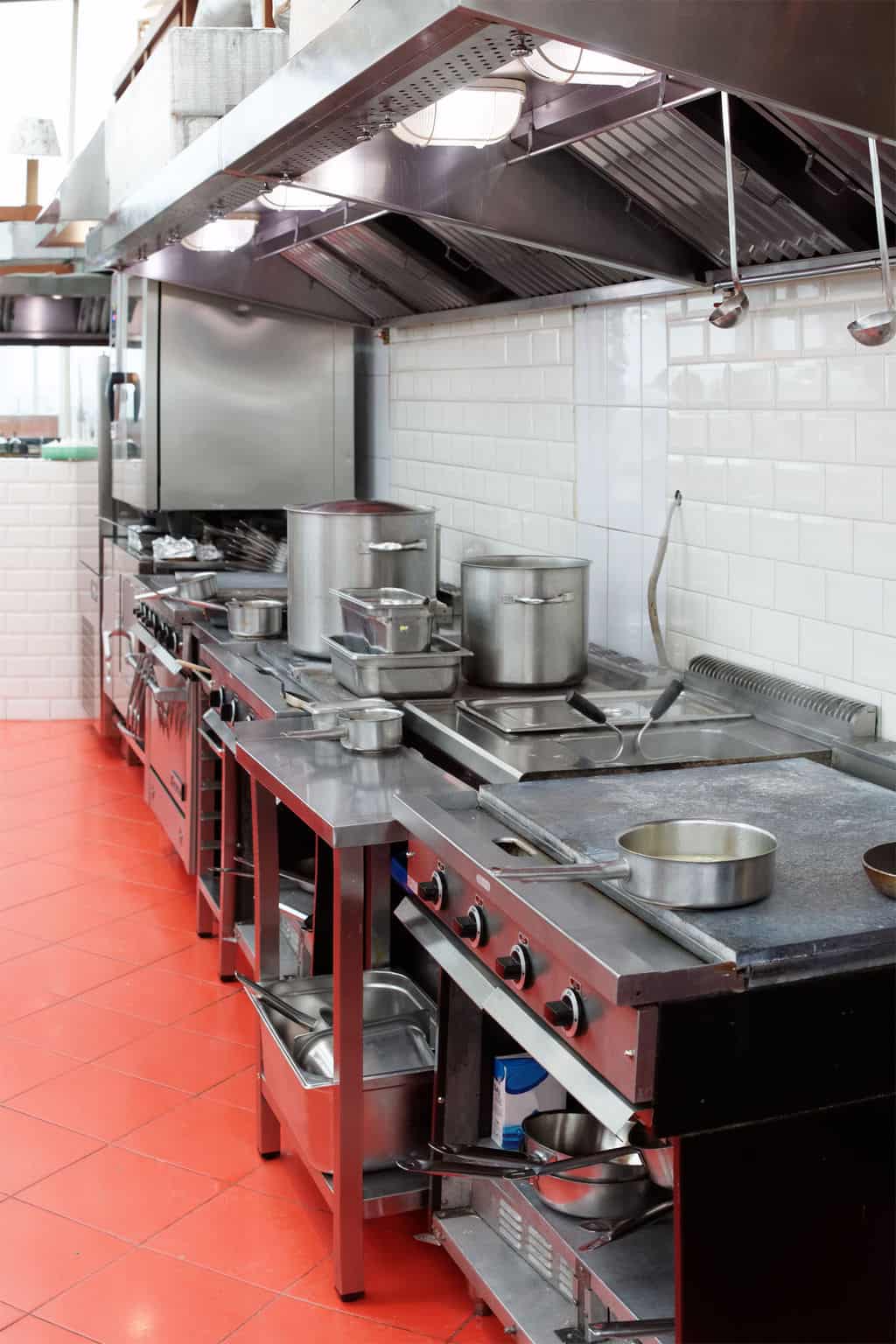
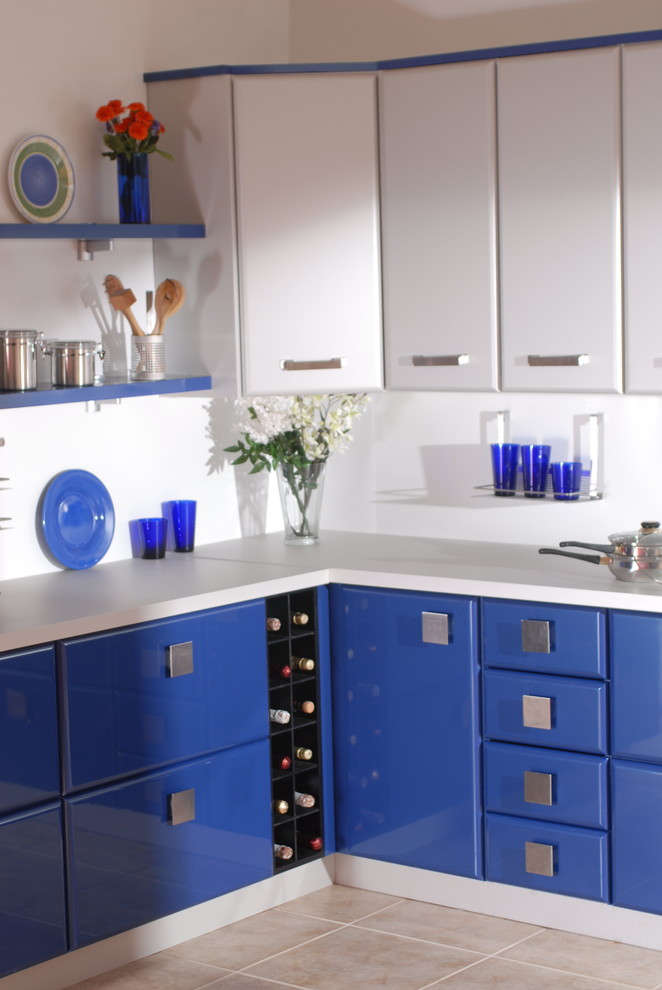

:max_bytes(150000):strip_icc()/GettyImages-535698335-5a859f3c6edd6500361e3efc.jpg)
/GettyImages-625163534-5c4f1804c9e77c00014afbb5.jpg)
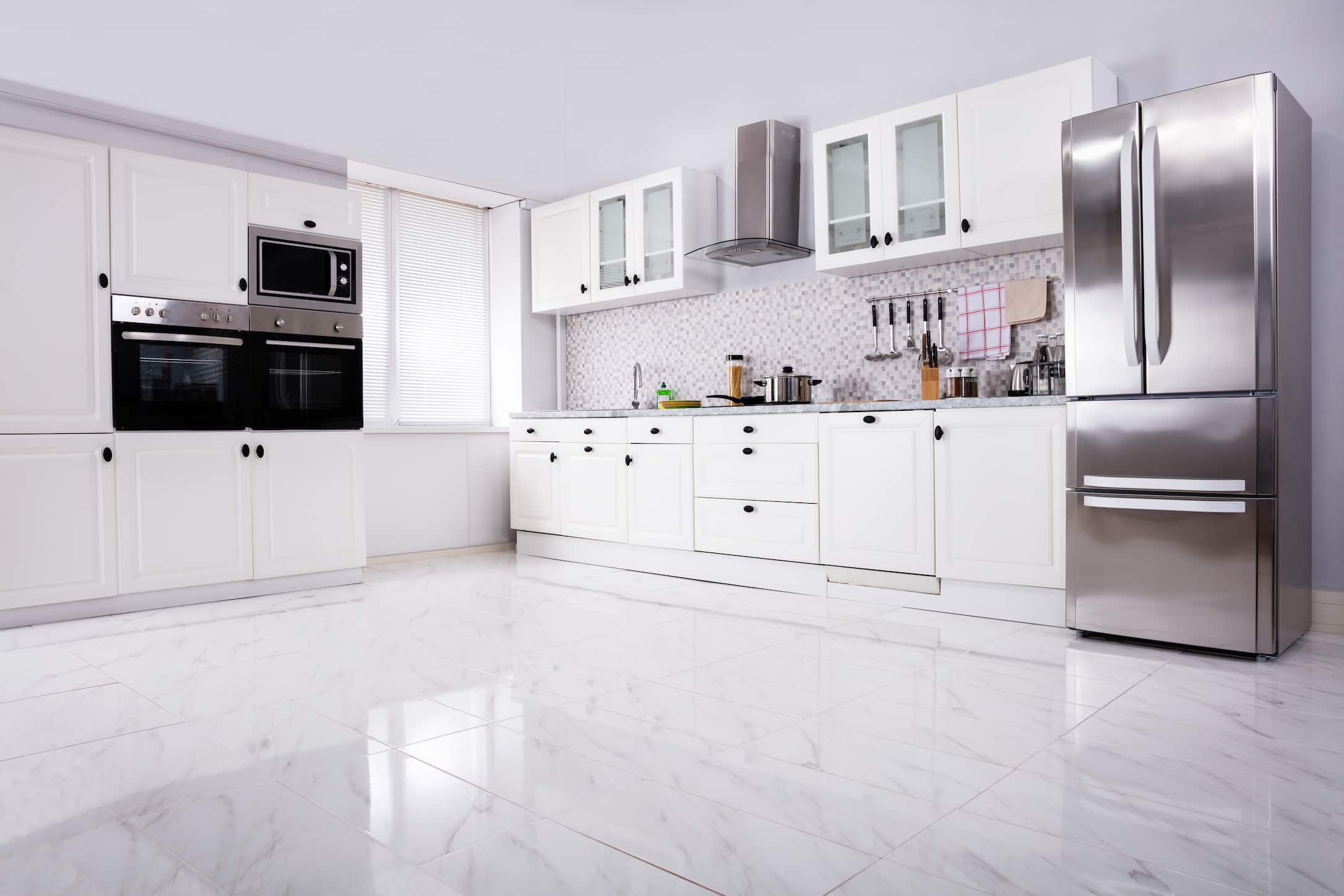
:max_bytes(150000):strip_icc()/kitchen-with-cork-floors-528388274-5849d3765f9b58a8cdd12f67-5c0d507f46e0fb000120ac31.jpg)
